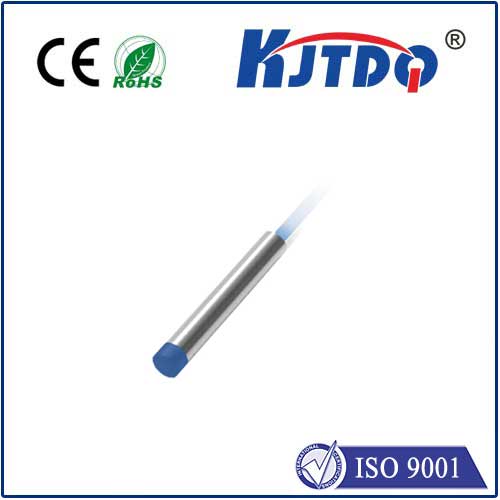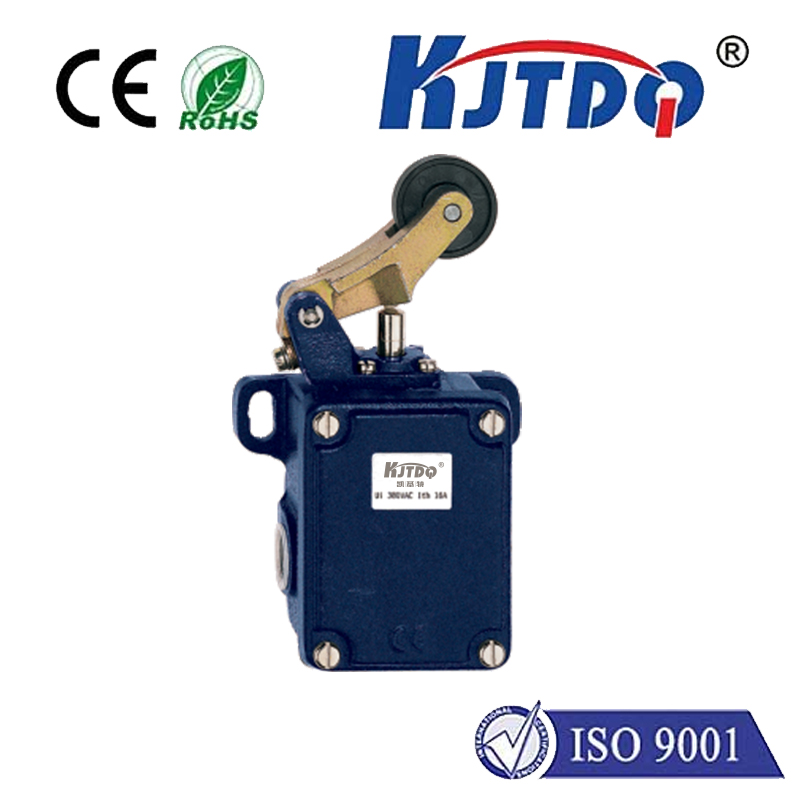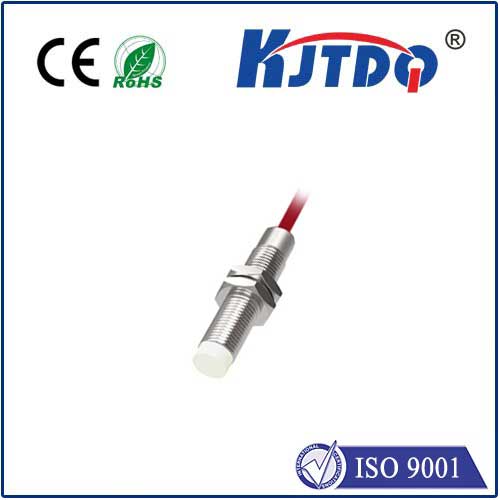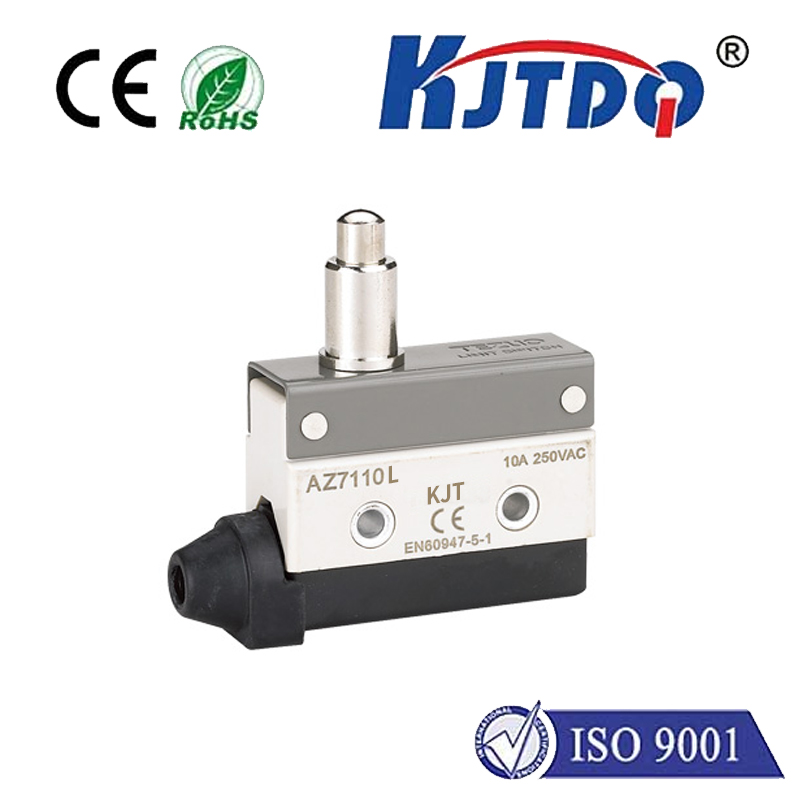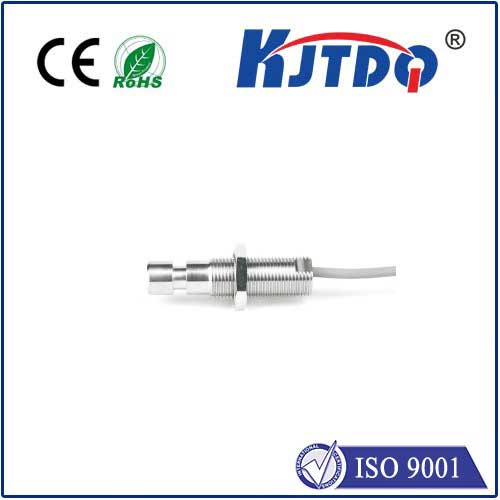

check

check

check

check
NI14-G18-Y1X: The Ultimate Guide to Understanding and Maximizing Performance
The title “NI14-G18-Y1X” is a concise yet informative code that encapsulates the key elements of a product or system. At first glance, it seems to represent a specific model or configuration, but its true meaning lies in the components it contains: “NI14” likely refers to a model number or a series, “G18” could indicate a specific version or variant, and “Y1X” might denote a feature or a production cycle. Understanding this code is essential for anyone involved in technology, engineering, or product management, as it provides a clear framework for identifying and utilizing the product effectively.
In this article, we will explore the significance of the “NI14-G18-Y1X” code, its components, and how it contributes to the performance and functionality of the product. We will also discuss best practices for using this code in various contexts, from technical specifications to operational guidelines.
The Core Components of NI14-G18-Y1X
The “NI14-G18-Y1X” code is composed of three main parts: NI14, G18, and Y1X. Each of these components plays a unique role in defining the product’s characteristics and performance.
NI14 typically represents the base model or series of the product. It may indicate the type of technology used, the intended application, or the general category of the product. For example, “NI” might stand for “Network Interface,” and “14” could denote a specific version or configuration.
G18 is often used to denote a specific variant or feature of the product. This could include hardware specifications, software versions, or additional functionalities that are included in the model. For instance, “G18” might signify a particular type of connector or a specific set of integrated circuits.

Y1X is the most critical part of the code. It likely refers to the production cycle, a specific feature, or an update to the product. The “Y” could indicate a generation or a version, while “1X” might denote a particular configuration or a feature set. This part of the code is often used to track the product’s evolution and ensure that users are aware of the latest updates and improvements.
Understanding the Code for Optimal Use
To fully leverage the benefits of the “NI14-G18-Y1X” code, it is important to understand its structure and what each component signifies. This knowledge is crucial for technical support, maintenance, and product upgrades. For example, when troubleshooting issues with a device, knowing the exact model and configuration can help identify the root cause more efficiently.
Moreover, the code can be used in various contexts, such as:
Technical Specifications: The code can be used to quickly reference the product’s specifications, ensuring that users have access to the most accurate and up-to-date information.
Inventory Management: In a warehouse or supply chain setting, the code helps in tracking inventory and ensuring that the right products are available for distribution.
Customer Support: When customers have questions about their product, the code can be used to provide detailed information and support.
Best Practices for Using NI14-G18-Y1X
To maximize the effectiveness of the “NI14-G18-Y1X” code, it is important to follow best practices for its use:
Consistent Documentation: Ensure that all documentation related to the product includes the code. This helps in maintaining clarity and ensures that users have a reference point.
Regular Updates: Keep the code updated to reflect any changes in the product. This is especially important for versions like “Y1X,” which may include new features or improvements.
Training and Support: Provide training and support to users who work with the product. This includes explaining how to interpret the code and how to use it effectively.
Clear Communication: When communicating with customers or colleagues, use the code in a clear and consistent manner. This minimizes confusion and ensures that everyone is on the same page.
Conclusion
In conclusion, the “NI14-G18-Y1X” code is a valuable tool for anyone involved in the management and use of a product. By understanding its components and how they contribute to the product’s performance, users can optimize their use and ensure that they are getting the most out of their equipment. Whether it’s for technical support, inventory management, or customer service, the code plays a vital role in maintaining efficiency and accuracy. By following best practices for its use, users can ensure that they are making the most of the product’s capabilities.
